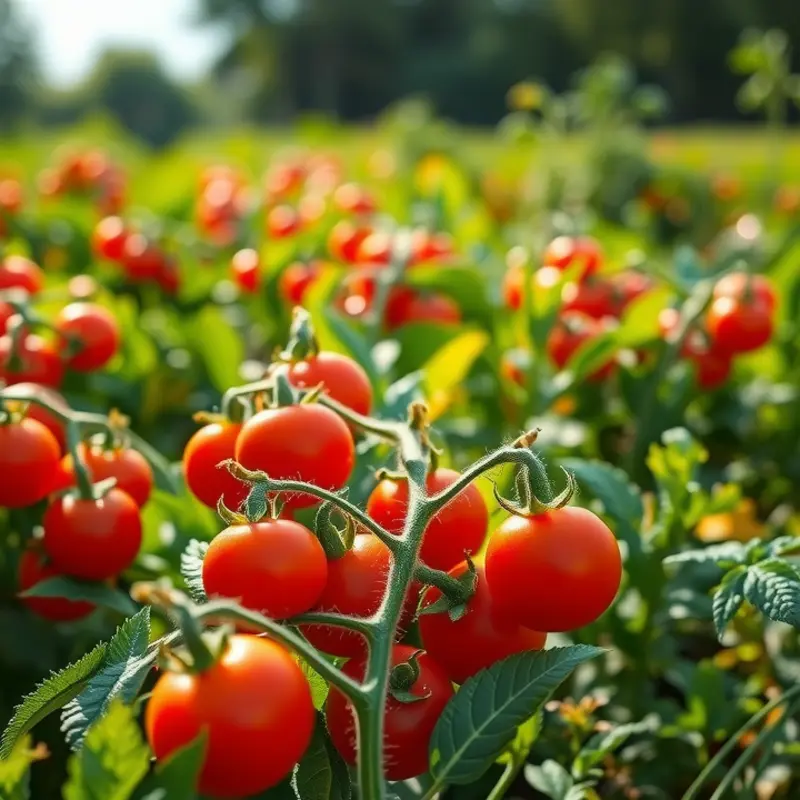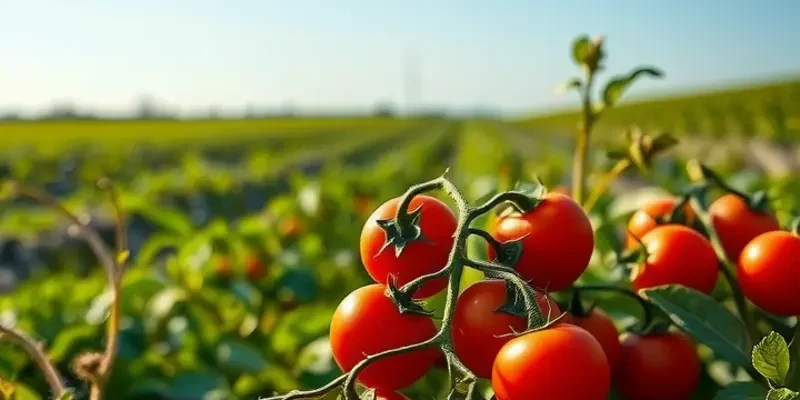Culinary rituals are more than mere meals; they are a profound celebration of culture and community. Across continents, unique traditions emerge from the kitchens of families, showcasing not only the ingredients but also the stories and values tied to them. Dive into the rich tapestry of global food rituals that reflect the heritage and identity of diverse communities, inviting us to explore and appreciate the world one meal at a time.
Feasting and Family: The Heart of Italian Sunday Dinner

Gathering around the table on a Sunday in Italy is a tradition steeped in history and affection. Italian families embrace this day as a chance to reunite, slow down, and savor the pleasure of togetherness. The meal typically commences with a selection of antipasti, a symphony of flavors that entice the palate and set the stage for the feast to come.
Antipasti: Setting the Tone
Bruschetta, an iconic antipasto, offers a medley of ripe tomatoes, fragrant basil, and a drizzle of olive oil on crisp bread. The simplicity is deceiving as each bite bursts with vibrant flavors. Accompanied by olives, their rich and briny notes create a balance and foreshadow the abundance of tastes yet to unfold. Antipasti is more than an appetizer; it’s a moment to reconnect and share the week’s experiences, easing into the leisurely pace that defines a Sunday dinner.
The Main Event: Ragù and Homemade Pasta
The central course, a lovingly prepared ragù, takes the spotlight with its depth and opulence. Slow-cooked to perfection, this hearty sauce melds tomatoes, onions, garlic, and a choice of meat into a harmonious blend. The ragù isn’t just a meal; it’s a narrative, whispered through the skilled hands that crafted it with patience. Paired with homemade pasta, each bite is like a cherished memory, evoking a sense of nostalgia and warmth that only a home-cooked meal can provide.
Homemade pasta itself is an art form, crafted with few ingredients, yet abundant in texture and flavor. The process of mixing flour and eggs, kneading, rolling, and cutting engages the senses, turning preparation into a communal act. This shared labor echoes the very spirit of the Sunday dinner, nurturing bonds as ingredients transform into a collective masterpiece.
An Evening of Laughter and Love
Sunday dinners extend beyond mere nourishment; they are a celebration of life’s simple pleasures. Conversations flow as freely as the wine, punctuated with laughter and delight. The lengthy meals foster an environment where people linger, stories unfold, and relationships deepen. The significance of each course lies not just in taste but in the opportunities they create for intimate connection and shared joy.
In closing, the Italian Sunday dinner is a vivid tapestry of flavors, rituals, and memories woven together with love. It is this communal spirit that defines the essence of Italian culinary tradition. As families raise their glasses to toast the bonds they share, they reaffirm the enduring power of food to unite and sustain. For those inspired to embrace the virtues of slow dining and cultural respect, exploring practical ingredient batching can help infuse everyday meals with the same loving care exhibited in every Italian kitchen.
Ceremonial Feasts: The Essence of Mexican Day of the Dead

The Día de los Muertos, a rich tapestry of tradition and affection, transforms the Mexican landscape every year. Bright marigolds and vibrant papel picado adorn homes and public spaces, bridging the realms of the living and the deceased. These symbols of mortality and transience invite souls to partake in an ephemeral family reunion, celebrated with joy rather than sadness.
At the heart of these festivities are the carefully constructed ofrendas or altars. These are intimate portraits of those who have passed, lovingly decorated with photographs and possessions of the deceased. Central to these altars is pan de muerto, a sweet and aromatic bread that is baked specifically for this occasion. Its round shape often topped with bone-like decorations, embodies the circle of life and death—a tasty and symbolic offering that the returning spirits might savor.
While the altars serve as personalized tributes, the communal atmosphere extends beyond the household. On the streets, families and friends gather for jovial parades and feasts. Music and dance fill the air, with traditional mariachis and folklore songs echoing through neighborhoods. Amidst this lively backdrop, the flavors of Mexican cuisine come to life with tantalizing intensity.
Street vendors offer a plethora of treats and savory delights. From tamales wrapped in banana leaves to spicy atole drinks, these foods evoke the historical roots of Mexican culture. Mole, particularly, deserves mention; this rich and complex sauce, with its hints of chocolate, chili, and a multitude of spices, finds its way onto plates across the country. Such traditional dishes are more than sustenance; they are cultural artifacts, preserving centuries-old recipes and techniques.
The Day of the Dead demonstrates a unique way of remembering and celebrating the dead that reflects broader Mexican culinary traditions. Food is both a literal and metaphorical bridge in this festival, reinforcing family ties and maintaining an enduring relationship with ancestors. This celebration doesn’t just satisfy hunger; it feeds the soul, with each dish a reminder of the shared history and heritage.
Day of the Dead also highlights broader culinary practices where food serves as an emotional and cultural connector. In essence, it is a window into how cuisine can communicate values and memories. Exploring diverse culinary influences reveals that these themes resonate worldwide, emphasizing how pivotal food is within our shared human experiences.
Through the vibrant festival of Día de los Muertos, food is a magical element that knits together the past and present, binding generations together through shared rituals. The festival carries a message that, even in the face of loss, life bursts with color, flavor, and endless possibility. By understanding these culinary traditions, we learn how food functions as a dynamic narrative, weaving together stories, memories, and identities.
Final words
Exploring global culinary rituals unveils a richer understanding of cultures and connections. Each meal and tradition we encounter tells stories of the past and reflects values of community and love. From Italy’s lavish Sunday dinners to Mexico’s spirited Day of the Dead festivities, we discover that food is a universal language, bringing people together across borders and generations. Next time you gather around a table, remember the diverse traditions behind each dish, as they remind us of our shared humanity.








